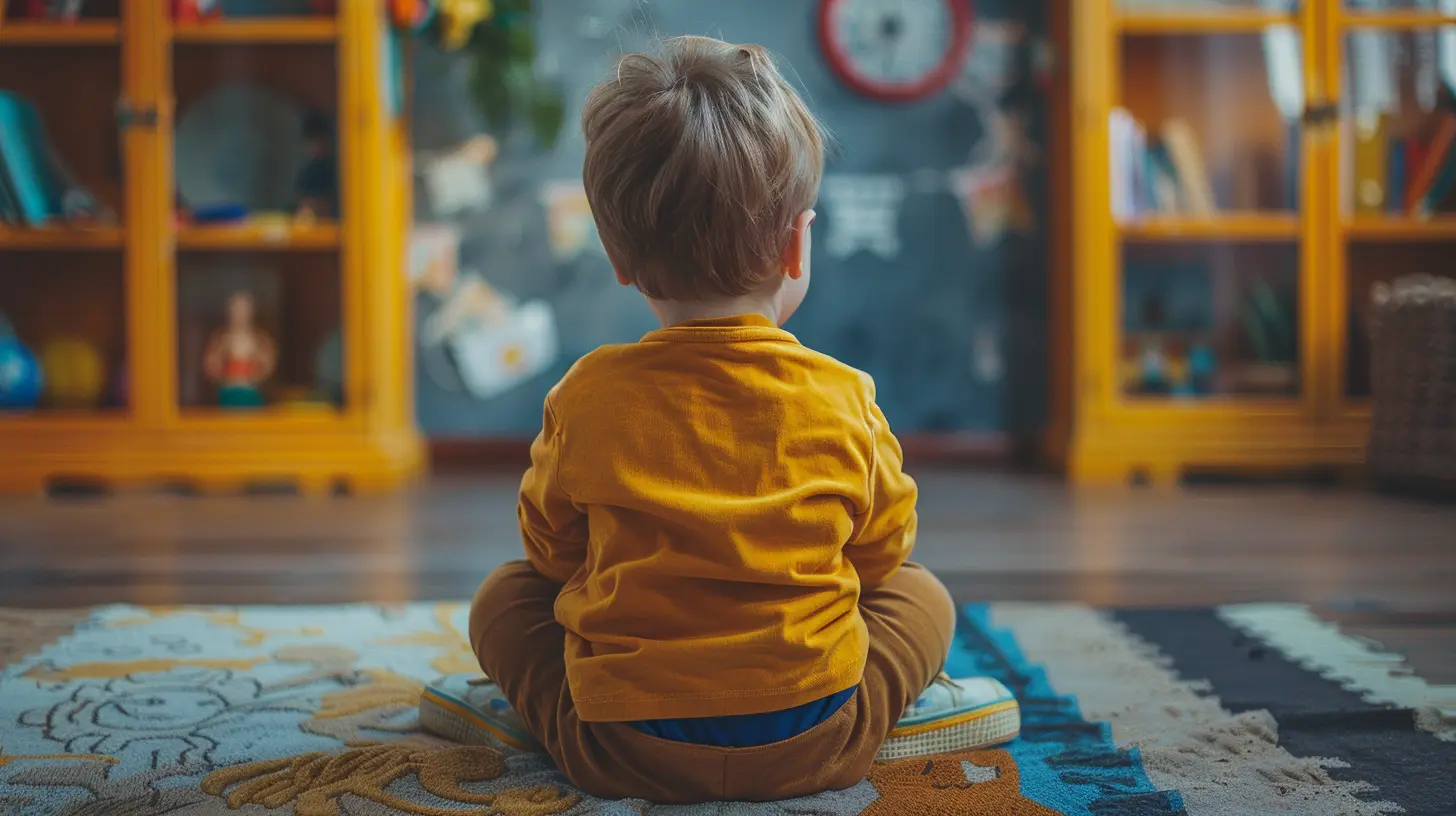Potty Training on a Schedule: How Structured Time Can Help
6 November 2025
Potty training is a major milestone for both toddlers and parents. While some kids naturally take to the potty, others need a little more structure to get the hang of it. That’s where potty training on a schedule comes in!
Think of it like setting a routine for meals or naps—when kids know what to expect, they're more likely to succeed. By following a potty training schedule, you can help your child build healthy habits and reduce accidents.
In this guide, we’ll break down the benefits of scheduled potty training, share tips to make it work for your family, and help you navigate any bumps along the way.

Why Potty Training on a Schedule Works
Some parents prefer to let their child lead the way when it comes to using the potty, but that approach isn’t for everyone. If your toddler isn’t showing strong signs of readiness or struggles with consistency, a structured schedule can be a game-changer.Here’s why it works:
- Routine Builds Habits – Kids thrive on routine. Having set potty times throughout the day reinforces the habit.
- Fewer Accidents – When you time potty breaks right, you're preventing accidents before they happen.
- Reduces Resistance – Some little ones resist potty training, but making it a daily routine turns it into something expected, not optional.
- Encourages Independence – Over time, children recognize their body’s signals and take more initiative.
Now, let’s look at how to put this method into action!

Creating a Potty Training Schedule
A successful potty training schedule focuses on consistency. You want to create regular opportunities for your child to use the potty, so they start making the connection between bathroom breaks and their body’s natural urges.Step 1: Start with the Basics
Before you dive into the schedule, make sure your child is ready. Look for signs like:- Staying dry for longer periods
- Showing interest in the potty
- Telling you when they need a diaper change
- Wanting to wear “big kid” underwear
If your little one checks most of these boxes, it’s time to start!
Step 2: Plan Regular Potty Breaks
Timing is everything when setting up a schedule. Try these key moments:- First thing in the morning – Bladders are usually full after a night’s sleep.
- After meals and snacks – Eating and drinking stimulate the digestive system, making potty time ideal after meals.
- Before and after naps – Sleeping with a full bladder often leads to accidents.
- Before leaving the house – Encourage a potty stop before outings to avoid accidents in public.
- Before bedtime – Going to the potty before bed reduces nighttime accidents.
At first, you may need to remind your child every 30–60 minutes, but as they gain confidence, you can extend the time between potty breaks.
Step 3: Use a Timer or Reminder
When life gets busy, it’s easy to forget potty breaks. Setting a timer on your phone or using a potty training watch can help keep things on track. Kids often respond well to fun reminders (like a song or a silly sound) rather than nagging from parents!Step 4: Track Progress (and Celebrate Wins!)
Kids love rewards, and potty training is no different. Consider using a potty chart with stickers or small rewards to motivate your child. Every successful bathroom trip gets a gold star!But don’t just celebrate the successes—acknowledge their effort even when they don’t quite make it. A simple, “You tried so hard! We’ll try again later,” keeps the mood upbeat.

Common Challenges (and How to Handle Them)
Even with structure, potty training can have some hiccups. Let’s tackle some common struggles:What If My Child Resists Scheduled Potty Time?
If your toddler refuses to sit on the potty, try making it more fun! Bring a special book, sing a song, or let them pick a small toy to hold while they sit. The key is to make it a positive experience rather than a battle.What If They Keep Having Accidents?
Accidents happen—it’s all part of the learning process. Instead of focusing on the mess, gently remind them, “Next time, let’s try to get to the potty sooner!” Then, clean up together and move on.If accidents remain frequent, consider adjusting the schedule or checking if they are truly ready for training.
What About Nighttime Training?
Nighttime dryness takes longer than daytime potty training. Some kids aren’t fully ready until age 4 or 5. If your child wakes up wet regularly, keep using pull-ups or nighttime training pants until they start waking up dry.Encourage them to use the potty before bed and limit drinks an hour before sleep to help reduce accidents.

Tips for Success
To make scheduled potty training easier, keep these tips in mind:✔ Be Patient – Every child learns at their own pace. Some pick it up in days, while others take weeks.
✔ Stay Positive – Encourage, don’t pressure. A stressed-out child is less likely to cooperate.
✔ Use the Right Tools – Kid-friendly potty seats, fun underwear, and training pants can make the experience smoother.
✔ Dress for Success – Choose clothes that are easy to pull up and down to promote independence.
✔ Stay Flexible – A schedule is great, but don’t be too rigid. If your child resists, adjust accordingly.
When to Take a Break
If your little one is having extreme resistance, lots of accidents, or showing signs of stress (like holding in pee or poop), it might be time to pause. Taking a break for a few weeks and revisiting training later can make all the difference.Potty training should be a positive experience. If it’s feeling like a constant struggle, a little break might be just what they need.
Final Thoughts
Potty training on a schedule can be a sanity-saver for both kids and parents. By creating a routine, setting clear expectations, and keeping things positive, you’ll help your little one gain confidence and independence.Remember, patience is key! Some days will be easier than others, but with consistency and encouragement, your child will get there. Before you know it, diapers will be a thing of the past!
all images in this post were generated using AI tools
Category:
Potty TrainingAuthor:

Maya Underwood
Discussion
rate this article
1 comments
Valeris McCaw
Great insights! A structured approach really makes potty training smoother and less stressful.
November 9, 2025 at 4:53 AM


